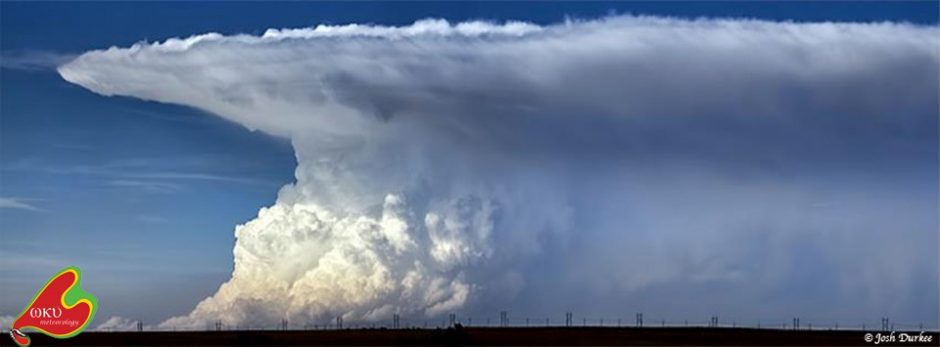After months of monotonous heat and drought across the Mid-South the synoptic pattern is showing some interesting changes.
The late summer/early fall pattern that has featured a jet stream north of the U.S.-Canadian border has allowed the Bermuda high over the SW Atlantic to pump hot air at all levels into the eastern half of the United States. This heat pump has raised heights in the form of a ridge over the East and has at the same time cut off low-level moisture from the Gulf of Mexico, which has sustained the drought that began last winter/spring. The few cold fronts that have been able to temporarily penetrate the ridge and bring relief to the Mid-South have actually reinforced the ridge as they departed by way of the return flow of the high pressure.
Perhaps the most interesting feature of the long-range models in my opinion is the strong jet on day 9 (Friday, 10/19). The very strong zonal jet represents nothing more than the seasonal southward progression of the jet. Here is what is important.
1) When the jet enters the U.S. at this latitude (northern CA/southern OR) as opposed to north of the U.S.-Canadian border, the momentum associated with the jet will destroy any ridge over the East (as opposed to reinforcing it by way of the Bermuda High).
2) A powerful zonal jet stream is dynamically unstable, especially when moving over a mountain range that is perpendicular to the direction of flow. Watch how the jet buckles and a trough develops in the lee of the Rockies from day 10 to day 11 to day 12.
The point is that while any particular storm that shows up on the long range models (another > day 7) should not be taken as reality, the models have been trending the past couple of days towards the idea that the weather pattern across the U.S. will become more progressive and fall-like. This bodes well for the Mid-South.
